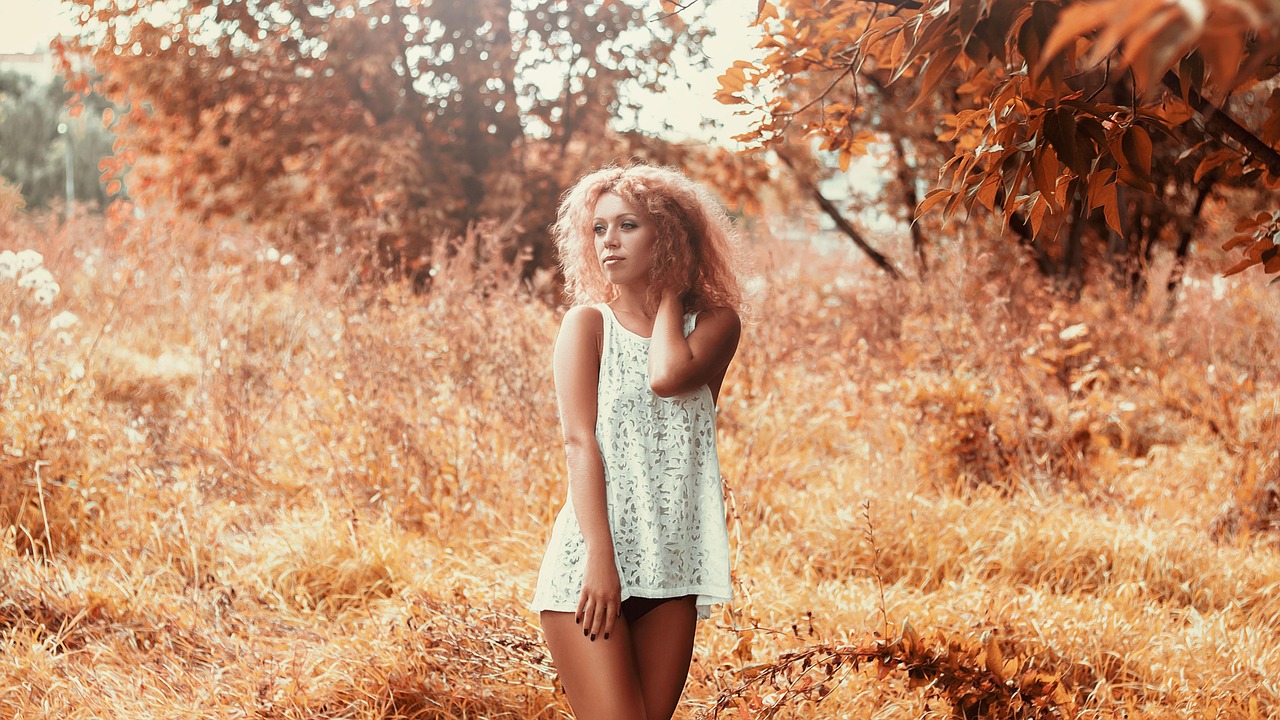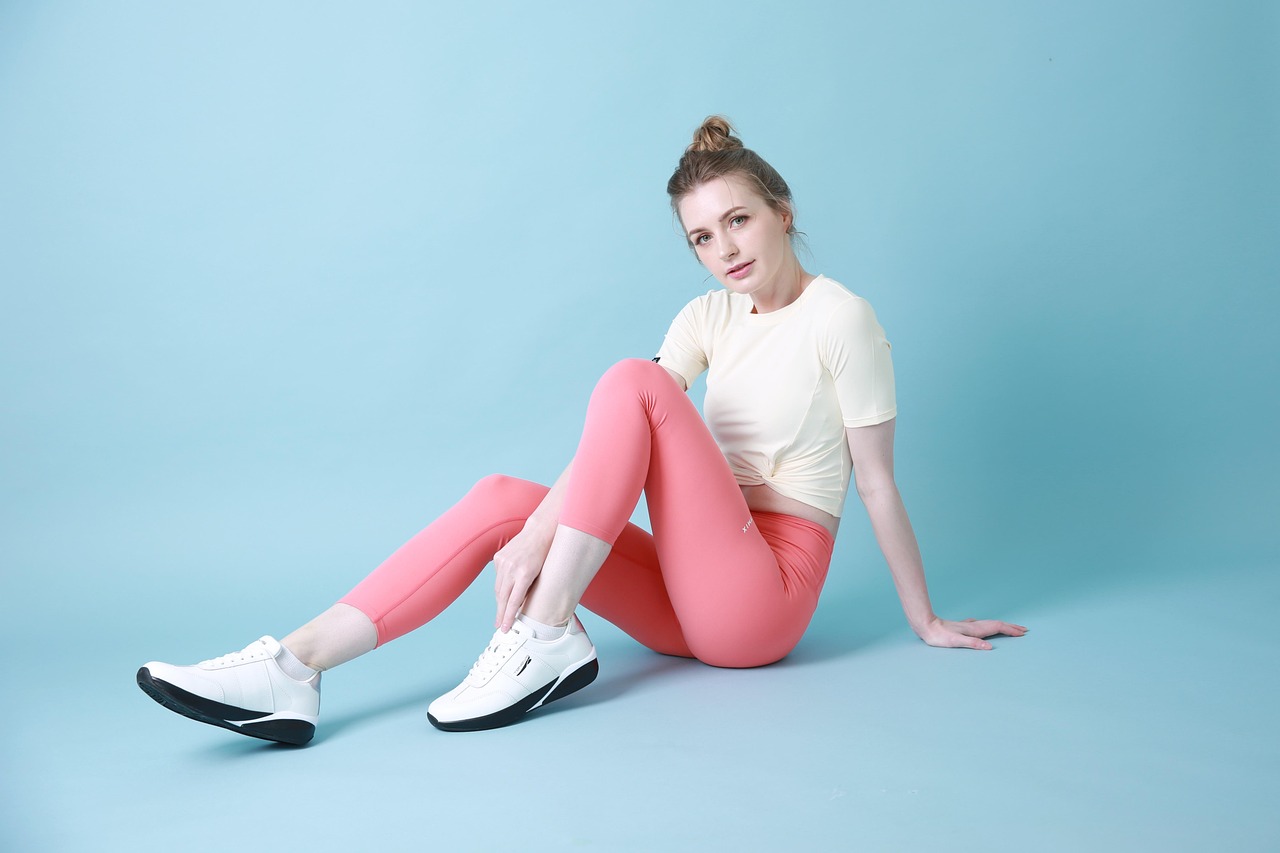
How Beauty Brands Are Shaping a More Sustainable Future
Introduction
Ever peeked inside your bathroom cabinet and wondered how eco-friendly your beauty stash is? You’re not alone. Today’s consumers are more informed and more eco-conscious than ever before—and beauty brands are responding. In fact, the industry is undergoing a seismic shift toward sustainability, and it’s changing everything from product formulations to packaging.
The Environmental Impact of Traditional Beauty Products
Waste Generation
Let’s be real—beauty routines can generate a shocking amount of waste. From disposable makeup wipes to single-use sheet masks, traditional beauty practices aren’t exactly Mother Nature’s best friend. Landfills are filling up fast, and plastic is a major culprit.
Harmful Ingredients
Many conventional products still rely on harsh chemicals like parabens, phthalates, and sulfates. These substances not only affect your skin but also end up polluting waterways after they’re washed down the drain.
Over-Packaging Issues
Ever bought a tiny jar of cream in a giant box with layers of wrapping? Yeah, that’s not uncommon. Over-packaging is one of the least sustainable practices in the industry, contributing heavily to deforestation and carbon emissions.
The Shift Toward Sustainability in the Beauty Industry
Consumer Demand for Green Products
Today’s buyers are savvy. They read ingredient lists, question labels, and choose brands that align with their values. Sustainability isn’t just a trend—it’s a demand. According to a Nielsen report, over 70% of consumers are willing to pay more for sustainable products.
Corporate Social Responsibility (CSR)
Beauty brands aren’t just talking the talk—they’re walking the walk. More companies are incorporating sustainability goals into their business models, from reducing emissions to supporting ethical sourcing.
Key Sustainable Practices in the Beauty Sector
Eco-Friendly Ingredients
Plant-Based and Organic Sources
Organic jojoba oil, bamboo extracts, and green tea—these aren’t just buzzwords; they’re the foundation of many sustainable products. By opting for natural and renewable sources, brands reduce reliance on synthetic chemicals and support biodiversity.
Biodegradable Formulas
Imagine a shampoo that breaks down naturally without harming the environment. Biodegradable formulations are becoming more common and are a big win for ecosystems.

Sustainable Packaging Innovations
Refillable Systems
Refillable beauty products are gaining ground. From mascara to moisturizer, brands like Kjaer Weis and Fenty Skin are making it easier to reuse containers and cut down waste.
Recycled and Compostable Materials
More companies are embracing recycled plastics, glass, and even compostable bioplastics for their packaging. It’s a small change with a massive impact.
Cruelty-Free and Vegan Certifications
Animal testing is out. Brands that are cruelty-free and vegan not only align with ethical values but also reduce their environmental footprint. Think of it as beauty with a conscience.
Waterless Beauty Products
Water scarcity is real. Waterless beauty—like solid shampoos, powdered cleansers, and concentrated serums—is on the rise. Less water, smaller carbon footprint.
Technology’s Role in Sustainable Beauty
AI-Driven Formulation
Artificial Intelligence is helping chemists create more effective, minimal-ingredient products. This reduces waste and improves efficiency—talk about beauty with brains.
Digital Try-Ons and AR
Virtual try-ons are cutting down on product waste and packaging. No more guesswork, no more returns, and definitely no more landfill clutter.
Leading Brands Pioneering Sustainability
Lush Cosmetics
Lush has long been a sustainability leader—think naked packaging, fresh ingredients, and ethical sourcing. Their in-store recycling program is a benchmark for the industry.
The Body Shop
The Body Shop was one of the first to fight animal testing. Now, they’re doubling down with refill stations and a mission to become fully vegan by 2023.
Tata Harper
This luxury skincare brand grows its own ingredients on a Vermont farm. It’s clean, green, and fully traceable from seed to serum.
Youth to the People
With their glass bottles, superfood ingredients, and activist-driven campaigns, Youth to the People proves you can be chic and sustainable.
Consumer Behavior and Its Role in Sustainability
Conscious Purchasing Decisions
Voting with your wallet is real. Choosing ethical brands over fast beauty sends a strong signal to the industry about what really matters.
Supporting Local and Indie Brands
Small, independent brands often lead the way in eco-innovation. Plus, buying local cuts down on emissions from shipping and supports community economies.
Regulatory Influence on Green Practices
Government Regulations and Incentives
From banning microbeads to offering tax incentives for eco-packaging, governments worldwide are stepping in to push the industry toward greener choices.
Certifications and Industry Standards
Look out for seals like ECOCERT, USDA Organic, and Leaping Bunny. These third-party certifications keep brands accountable and consumers informed.
Challenges in Achieving Full Sustainability
Cost and Scalability
Let’s face it—going green isn’t cheap. Sourcing sustainable materials, investing in R&D, and educating consumers all cost time and money. It’s a barrier, especially for small businesses.
Greenwashing Concerns
Not all that glitters is green. Some brands use “natural” and “eco-friendly” as marketing ploys without backing it up—also known as greenwashing. Always check for transparency and evidence.
The Future of Sustainable Beauty
Innovation and Transparency
The future? Think lab-grown ingredients, blockchain traceability, and carbon-neutral shipping. Innovation is the name of the game—and consumers want transparency every step of the way.
Community and Collaboration
It’s not just about competition anymore. Brands are partnering with NGOs, sharing data, and building open-source sustainability frameworks. Because saving the planet takes teamwork.
Conclusion
The beauty industry is no longer just about looking good—it’s about doing good. From ingredient sourcing to packaging innovation, beauty brands are rewriting the rules of sustainability. While challenges remain, the momentum is undeniable. As consumers continue to demand transparency and eco-friendly choices, the future of beauty looks greener, cleaner, and smarter.
FAQs
1. What are the most sustainable beauty brands right now?
Brands like Lush, Tata Harper, Youth to the People, and The Body Shop are leading the charge with ethical sourcing, minimal packaging, and cruelty-free certifications.
2. How can I tell if a beauty product is truly sustainable?
Look for third-party certifications like ECOCERT, USDA Organic, and Leaping Bunny. Also, check the brand’s website for sustainability reports and ingredient transparency.
3. Are refillable beauty products really effective?
Absolutely! Refillable systems reduce waste significantly and often end up saving consumers money in the long run. They’re both eco-friendly and budget-conscious.
4. What is greenwashing in the beauty industry?
Greenwashing happens when a brand markets itself as eco-friendly without actually making meaningful sustainability efforts. Always do your research and read the fine print.
5. Can small beauty brands be sustainable too?
Definitely. In fact, indie brands often lead in sustainability because they can be more agile and values-driven. Many start with eco-conscious practices right from day one.



